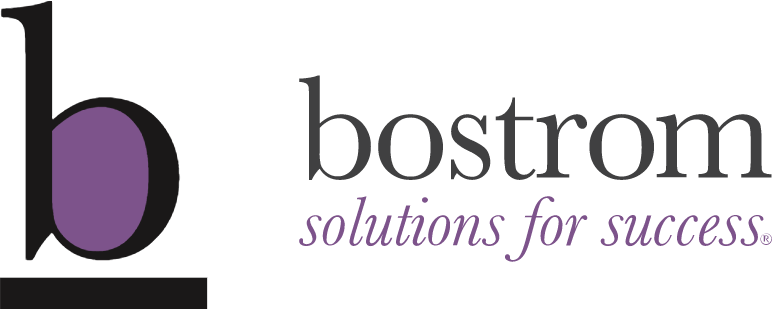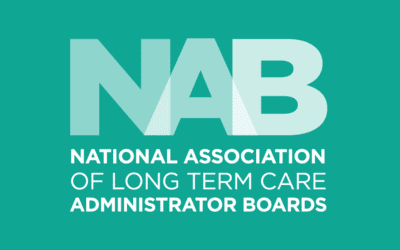by Holly Stevens, development director, Bostrom
Rather than seeking sponsors solely for an annual conference, meeting or other one-time event, associations and professional societies are exploring year-round (and multi-year) funding/sponsorship opportunities to maximize those relationships. And corporations are seeking partners who deliver value throughout the year by helping them engage with customers (or potential customers) and increase their brand profile.
For example, Association of Women Surgeons (AWS) established a strategic partnership with a major healthcare organization. What began with a board member’s recommendation for a sponsor for a key AWS anniversary conference grew into a long-term partnership. Today, AWS and its corporate sponsor collaborate on a variety of initiatives that support their mutual interest of women in surgery including signature publications, a video on women in surgery and the AWS Annual Conference.
What does your association or professional society need to know about corporate sponsorships?
Here are six questions and answers from our sponsorship strategy playbook:
(1) How do I know if my association or professional society is ready to pursue a corporate relationship?
The answer to that question is more questions. Your association or professional society needs to determine:
- Is it prepared to commit the resources required to cultivate, nurture and manage the relationship? Those resources might include assigning a staff member to be the contact person (or relationship manager) for the corporation.
- Is your association or professional society willing and able to shift its mindset to embrace the needs of its corporate partner?
- Have you established guiding principles to safeguard the integrity of your mission and address boundaries before negotiating arrangements with potential partners?
(2) What are the benefits to an association or professional society?
An ongoing relationship with a corporation can benefit an association or a professional society in many ways:
- Employee volunteer programs can fundraise and provide manpower for your events like walkathons or marathons.
- Some companies offer matching gifts programs to employees where the company will match an employee’s contribution to an approved association or professional society (i.e., a non-profit organization)
- Your association or professional society can become the focus of a corporation’s cause marketing campaign – which benefits both organizations through increased brand awareness and the potential to attract new members (and new customers/consumers)
- The partnering company can provide in-kind donations of product or services that support your association’s mission-based work
(3) And what are the benefits to the company?
Almost everywhere you look, global corporations and smaller companies are engaging in strategic sponsorships with associations and professional societies. These companies benefit by:
- Leveraging your association’s or professional society’s network and multiple communications channels to engage your membership (prospective customers/consumers for the company).
- Expanding markets: A 2013 Nielsen “Consumers Who Care Study” showed that 61% of global consumers are willing to try a new brand or one they’ve never heard of because of its association with a particular cause or group. And 50% of global consumers are willing to reward companies that “give back” by paying more for increasing brand visibility is delivered to the company through increased exposure through the association’s communications platforms, channels and those of its members.
- Engaging employees: employees want opportunities to help charitable organizations through their workplace; these activities build teams, strengthen culture – and can be fun.
(4) We’re ready to build a corporate relationship. Where do we start?
Research, clear goals and ongoing communications are critical components to building a successful
corporate relationship. And it often begins with developing a greater understanding of your organization
and inventorying your assets (membership, advisory groups, volunteers, programs, services, etc.) and
communications channels (web, social, e-newsletters, direct mail, webinars, etc.).
- Research and identify companies that align with your mission and leverage existing relationships. Are any of your board members employees of the target company – and if so, can they introduce you to potential contacts? Or do your board members already have a relationship with the company? This research should include understanding the company’s goals and key audiences. For example, by partnering with an organization like yours, the company may seek to: expand its brand awareness; increase its reputation as a socially-responsible company and/or secure prospective clients/consumers.• Explore meaningful engagement opportunities by identifying your organization’s assets that best align with the company’s interests and assign a tiered value to those assets.
- Solicit feedback from current and former sponsors about the benefits they believe are most valuable.
- Customize a benefits package to address the corporation’s goals, remembering to respect your association’s mission, vision and policies.
(5) We’ve developed our benefits package for the prospective partner. What’s next?
Submit your solicitation/proposal to the company and follow up. If your organization has a connection to that company (through a board member or advisory board member, for example), engage that individual in the process. Make sure you’ve followed any guidelines provided by the prospect company and be aware of any schedules it may have (some companies decide on organizational partnerships only at specific times throughout the year).
After you’ve secured the partnership, create a written engagement agreement that outlines deliverables, timelines, anticipated outcomes and contacts. Acknowledge and thank the company for its support through communications on their platforms as well as yours.
(6) How do we grow the relationship?
Consider your corporate sponsor one of your most important “member” donors. Update your contact about progress related to agreed-upon goals. Check in frequently on an informal basis – and schedule more formal update meetings to review successes and discuss any challenges. Provide the company with data that demonstrates their return on investment. Depending on the goals of the agreement, this data may include testimonials, metrics demonstrating the growth in your membership, increased website traffic or more members engaging in your programming. Provide these numbers within the context of how they meet the sponsoring partner’s goals.
For more information about exploring multi-year corporate partnership strategies, contact solutions@bostrom.com.





